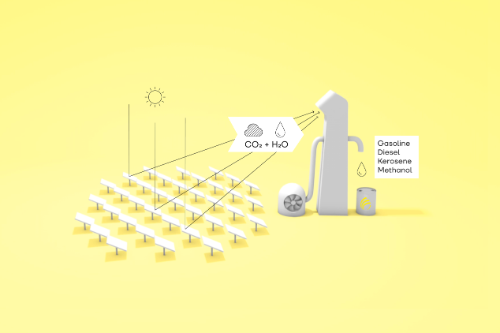

So, you can use food labels to count your Calories.Several approaches exist for measuring greenhouse gases (GHGs), mainly CO 2, N 2O, and CH 4, from soil surfaces. Bending the disk creates nucleation sites around which the metastable NaC 2H 3O 2 quickly crystallizes (a later chapter on solutions will investigate saturation and supersaturation in more detail). A common reusable hand warmer contains a supersaturated solution of NaC 2H 3O 2 (sodium acetate) and a metal disc. When working or playing outdoors on a cold day, you might use a hand warmer to warm your hands ( Figure 5). Under these ideal circumstances, the net heat change is zero: If this occurs in a calorimeter, ideally all of this heat transfer occurs between the two substances, with no heat gained or lost by either the calorimeter or the calorimeter’s surroundings. The temperature of M will decrease, and the temperature of W will increase, until the two substances have the same temperature-that is, when they reach thermal equilibrium ( Figure 4). If we place the metal in the water, heat will flow from M to W. Suppose we initially have a high-temperature substance, such as a hot piece of metal (M), and a low-temperature substance, such as cool water (W). Commercial solution calorimeters range from (a) simple, inexpensive models for student use to (b) expensive, more accurate models for industry and research.īefore we practice calorimetry problems involving chemical reactions, consider a simpler example that illustrates the core idea behind calorimetry. More expensive calorimeters used for industry and research typically have a well-insulated, fully enclosed reaction vessel, motorized stirring mechanism, and a more accurate temperature sensor ( Figure 3). Relatively inexpensive calorimeters often consist of two thin-walled cups that are nested in a way that minimizes thermal contact during use, along with an insulated cover, handheld stirrer, and simple thermometer.

A thermometer and stirrer extend through the cover into the reaction mixture.Ĭommercial solution calorimeters are also available. A simple calorimeter can be constructed from two polystyrene cups. These easy-to-use “coffee cup” calorimeters allow more heat exchange with their surroundings, and therefore produce less accurate energy values. General chemistry students often use simple calorimeters constructed from polystyrene cups ( Figure 2). This enables the accurate determination of the heat involved in chemical processes, the energy content of foods, and so on. Scientists use well-insulated calorimeters that all but prevent the transfer of heat between the calorimeter and its environment. In a calorimetric determination, either (a) an exothermic process occurs and heat, q, is negative, indicating that thermal energy is transferred from the system to its surroundings, or (b) an endothermic process occurs and heat, q, is positive, indicating that thermal energy is transferred from the surroundings to the system. The temperature change, along with the specific heat and mass of the solution, can then be used to calculate the amount of heat involved in either case. When an endothermic reaction occurs, the heat required is absorbed from the thermal energy of the solution, which decreases its temperature ( Figure 1). For example, when an exothermic reaction occurs in solution in a calorimeter, the heat produced by the reaction is absorbed by the solution, which increases its temperature. Knowledge of the heat capacity of the surroundings, and careful measurements of the masses of the system and surroundings and their temperatures before and after the process allows one to calculate the heat transferred as described in this section.Ī calorimeter is a device used to measure the amount of heat involved in a chemical or physical process. The measurement of heat transfer using this approach requires the definition of a system (the substance or substances undergoing the chemical or physical change) and its surroundings (the other components of the measurement apparatus that serve to either provide heat to the system or absorb heat from the system). The change in temperature of the measuring part of the calorimeter is converted into the amount of heat (since the previous calibration was used to establish its heat capacity). To do so, the heat is exchanged with a calibrated object (calorimeter). Calorimetry is used to measure amounts of heat transferred to or from a substance. One technique we can use to measure the amount of heat involved in a chemical or physical process is known as calorimetry. Calculate and interpret heat and related properties using typical calorimetry data.By the end of this section, you will be able to:


 0 kommentar(er)
0 kommentar(er)
